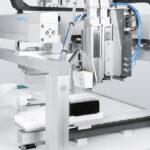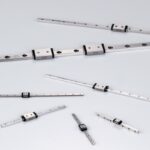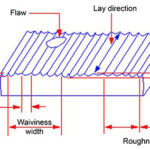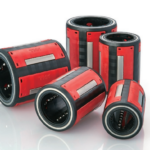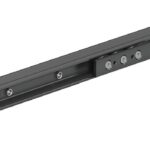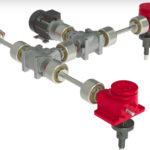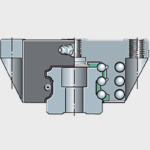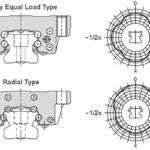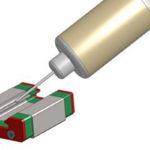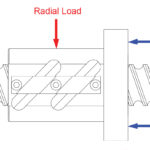Linear motion components include everything from various types of linear actuators to linear guides, slides and ways, and a host of components in between. One thing they all have in common is that their development and production are influenced by both technological trends as well as broader market forces. One of those forces has been […]
Slides + guides (all)
Miniature linear guides for mounting in tight spaces
IKO has expanded its LWL family of miniature guides with the addition of its newest LWLF2 linear motion rolling guide, which addresses the demand for device miniaturization with a compact, lightweight design that makes mounting easy in tight spaces. The new LWLF2 features the same ultra-small 2.5-mm height dimension as its predecessor, the LWL1. It’s […]
Linear bearing basics: Surface roughness, texture, and finish
One of the factors to consider when selecting shafts for linear bearings is surface roughness, which describes the microscopic asperities, or peaks, and valleys present on a material’s surface. But surface roughness is an important specification for all types of linear guides and screws — whether plain or recirculating, round shaft or profiled rail, ball […]
New LMHB linear ball bushing can press fit into assemblies
THK America Inc. now offers a type LMHB linear bushing for linear-motion applications. This linear bushing is press-fit into moving elements of linear motion axes to allow smooth traversal of round shaft. The THK LMHB linear bushing achieves smooth and silent motion thanks to the spring effect provided by curved metal plates within the assembly […]
Linear rails from Rollon simplify design of high-performance automated systems
Rollon has upgraded its Telerace family of linear rails to help designers simplify projects and enhance the efficiency of automated systems. Two Telerace families of cold-drawn steel rails now feature induction hardened and ground raceways along with double-row ball bearings for greater load handling capability, longer life and reduced maintenance requirements. The newly enhanced rail […]
Nook Industries sells family business to Altra Industrial Motion Corp.
Nook Industries, a leader in US engineered linear motion products and solutions, announced today that it has sold the family-owned business to Braintree, Massachusetts-based Altra Industrial Motion Corp. (Nasdaq: AIMC), a leading global manufacturer and supplier of motion control, power transmission and automation products. The Nook business, which will be integrated into Altra’s Thomson operating […]
What are the benefits of six-row linear bearings
The most common types of recirculating linear bearings use four rows of balls — two on each side of the bearing block — to provide good load capacity and rigidity. But the four-row design means that when radial (downward or liftoff) or lateral (side) loads are applied, only two rows of balls are engaged to support […]
Contact angle: What is it and how does it affect linear bearing performance?
In profiled rail linear guides that use balls or rollers, the geometry and arrangement of the bearing raceways play a significant role in the bearing’s load capacity, friction, rigidity, and ability to withstand errors in mounting. But there’s another aspect of a bearing’s design that also plays a role in its load capacity and rigidity […]
How to choose a lubricant for recirculating linear bearings
All metal-on-metal recirculating bearings require lubrication in order to function properly and provide a reasonable bearing life. Lubrication reduces friction and heat by separating the rolling elements from the bearing raceway, inhibits corrosion, protects bearing surfaces from contamination, and helps seals run smoothly and operate effectively. Although the importance of lubrication is clear, choosing the best […]
How axial and radial loads affect linear motion systems
In any motion system, understanding the type and direction of applied and resultant loads is important for determining bearing life and analyzing deflection. In linear motion systems, we typically use Cartesian coordinates (X, Y, and Z) to define the placement and direction of loads. But for rotating components such as screws, rack and pinion drives, […]

